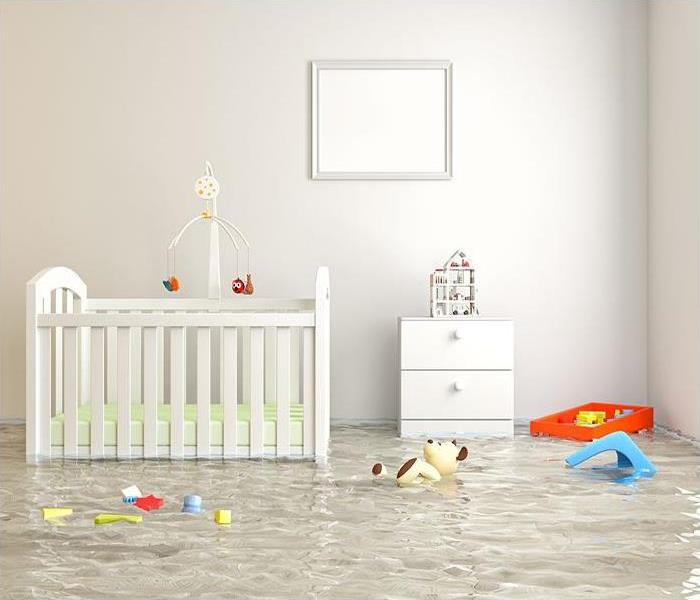Unexpected Flood Damage In Your Edgewater Home
1/12/2020 (Permalink)
 Proven technologies employed by crews with years of training and experience are why SERVPRO stands apart in the flood restoration business.
Proven technologies employed by crews with years of training and experience are why SERVPRO stands apart in the flood restoration business.
We Anticipate Unexpected Flood Damage: Why SERVPRO Is an Essential Resource in Edgewater
Just because flooding is considered a summer or fall challenge in Edgewater does not mean the winter months are free of risk. Flooding is a natural consequence of heavy precipitation and high winds. Along the Hudson, a storm surge can threaten at any time that the conditions are right. Our training and experience during the hurricane season translate into preparation for winter weather crises, why we receive calls to help with flooding 365 days of the year.
Water in All Forms Contribute to Flood Damage
The weight of sleet and snow and formation of ice dams top-side on your home can damage roofing and gutters, allowing moisture to enter your home as meltwater flood damage in Edgewater. Wind damage or snow-coated downed tree limbs or icy power lines can also rip holes in siding and break windows. Our crews arrive ready to secure your roof and exterior from the elements, why you do not need to hire more than one contractor for mitigation and remediation.
Cold Weather Increases Foundation Flooding Risk
As the precipitation swings from rain to sleet, ice, and snow, and back again, the frozen ground cannot absorb liquids. Your basement, lower levels, or crawl spaces are at high risk of water seepage as it pools around buildings. Our commercial-grade pumps and extractors are impervious to the cold or electricity shutoffs, powered by gas or onboard generators. The variety of weather-based complications we see currently explain why SERVPRO stocks each service vehicle with a broad range of extraction devices. Delay exposes your property to secondary damage, so we do everything in our power to have appropriate equipment in the truck.
Drying Challenges in Colder Weather
Colder temperatures do not negate the need for appropriate drying techniques after flood water extraction. The Institute of Inspection Cleaning and Restoration Certification (IICRC) training our managers and technicians receive covers the use of different types of dehumidifiers depending on the conditions. The variability temperature and humidity are why SERVPRO depends on a selection of refrigerant, low grain refrigerant, and desiccant dehumidifiers to get the job done. Only desiccant dehumidifiers work in temperatures below 33 degrees, and they are effective from 0 to 95 degrees and well-suited for confined areas like crawl spaces. Our certified technicians monitor the drying action carefully as alternatives to regular refrigerant models can overdry materials, causing cracking and shrinkage.
Proven technologies employed by crews with years of training and experience are why SERVPRO of Fort Lee stands apart in the flood restoration business. Call us at (201) 496-6024 to get the recovery started.
For more about Edgewater click here.






 24/7 Emergency Service
24/7 Emergency Service